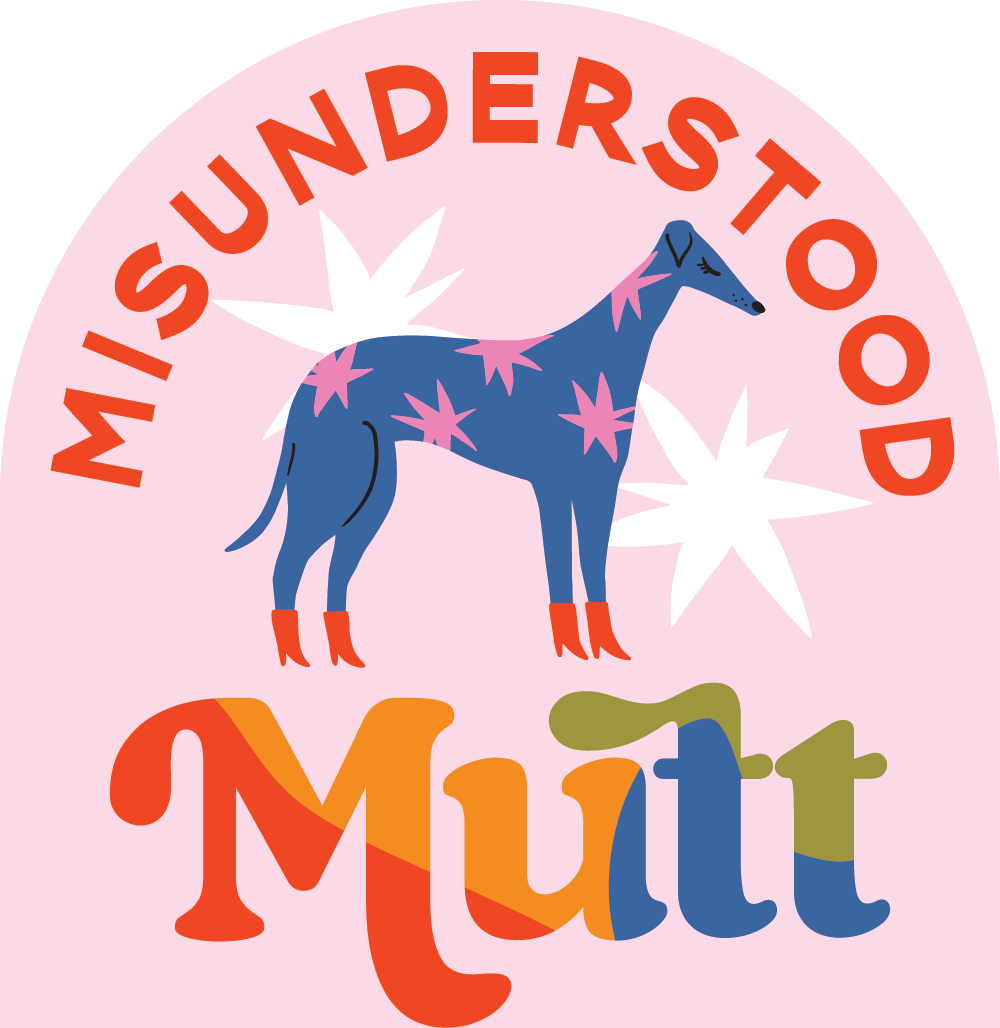Force-Free and Effective Dog Training Methods I Use as a Certified Dog Trainer (For Large AND Small breeds)
Let me start off by asking a few dog training related questions to open your mind a bit...
Have you ever considered that the way your dog is trained could directly affect their mental and emotional state?
Do you see your dog as a living being who experiences their own thoughts, feelings and emotions?
Would you consider changing the way you train your dog to enhance their quality of life?
Do you think that the training methods that are used to train dogs matter?
Let’s dive into my thoughts as a multi-certified dog trainer (fear-free, force-free)!
The training methods that you use when training your dog matter. In fact, they matter a lot!
There are even scientific studies that have conducted experiments which test the affect of training methods on the welfare of dogs.
“Overall, our results show that companion dogs trained with aversive-based methods experienced poorer welfare during training sessions than dogs trained with reward-based methods. Additionally, dogs trained with higher proportions of aversive-based methods experienced poorer welfare outside the training context than dogs trained with reward-based methods.”
Article Source: Does training method matter? Evidence for the negative impact of aversive-based methods on companion dog welfare
Vieira de Castro AC, Fuchs D, Morello GM, Pastur S, de Sousa L, et al. (2020) Does training method matter? Evidence for the negative impact of aversive-based methods on companion dog welfare. PLOS ONE 15(12): e0225023.
*https://doi.org/10.1371/journal.pone.0225023*
The training methods that I use day in and day out with every single dog involve using LIMA (least intrusive and minimally aversive) methods. These are humane and effective training tactics.
Now, let’s dive even deeper into these humane and effective dog training tactics.
I use a science-based training approach. Many labels you will hear associated with this approach to training are force-free, positive reinforcement, fear-free and mark-and-reward “clicker” training.
Along with this, as a multi-certified dog trainer I follow The American Veterinary Society of Animal Behavior’s recommended training methods in their position statement.
The position statement states: “Evidence supports the use of reward based methods for all canine training. AVSAB promotes interactions with ani- mals based on compassion, respect, and scientific evidence. Based on these factors, reward-based learning offers the most advantages and least harm to the learner’s welfare. Research supports the efficacy of reward-based training to address unwant- ed and challenging behaviors. There is no evidence that aversive training is necessary for dog training or behavior modification. Reward-based techniques should be used for teaching common training skills as well as to address unwanted behaviors. The application of aversive methods – which, by definition, rely on application of force, pain, or emotional or physical discomfort – should not be used in canine training or for the treatment of behavioral disorders.” - AVSAB Position Statement on Humane Dog Training
When working with dog guardians, my goal is always to work as a guide, a coach, a confident and a cheerleader for the dog and their best team mate, their guardian. The focus of our training together is on establishing a strong bond between the guardian and the dog while teaching YOU, the dog guardian how to teach your dog. You are the one who is there everyday with your dog. You are the one who they will spending many many years of their life with. I want for you to feel confident in your ability to teach your dog, communicate with them and understand how they are feeling.
FEELINGS MATTER! Your dog’s feelings matter and your feelings matter. If you feel like something in your training plan is every too stressful, difficult or isn’t in the best interest of you and your dog... that is IMPORTANT! You should always express those things! Trust your gut. Trust your feelings. Trust your dog.
A well educated trainer will be guiding you through the ins and outs of your dog’s behavior, their body language, coaching you through teaching them new behaviors and fine tune your daily routine to better meet your dog’s needs. All while keeping your dog’s emotional welfare at the forefront of everything.
This type of training is achieved through constantly learning, taking continuing education courses and through remaining open minded on the most effective and humane ways of training.
You can go ahead and ditch the prong collar, e-collar, slip leads and choke chains. It’s 2022 and thanks to science, we have learned much more effective ways to train dogs!
However, if you’re still feeling fishy about ditching those dog training tools, let me guide you to another scientific study...
“All in all these responses show that shocks elicit fear and pain responses. This means that shocks are not just a nuisance, but are really painful. In spite of the enormously high arousal of the dogs in this type of training, that very likely implies an increase of analgesia, receiving a shock may sometimes be perceived as a traumatic event by a dog.”
And...
“when in presence of the handler, the dog has learned to expect something aversive.”
Training dogs with help of the shock collar: short and long term behavioural effects
Matthijs B.H. Schilder a,b,∗, Joanne A.M. van der Borg aa Department of Clinical Sciences of Companion Animals, University of Utrecht, Utrecht, The Netherlands
b Department of Ethology and Socio-Ecology, University of Utrecht, Utrecht, The Netherlands Accepted 23 October 2003
Let’s end with one last question to keep you thinking...
Would you rather have your dog associate you with only good things such as delicious food, toys and play....
OR
Have your dog associate you uncomfortable sensations such as a shock or a collar pop on their neck?
I’ll leave you to think and if you want to discuss, send me an email at emily@misunderstoodmutt.com

